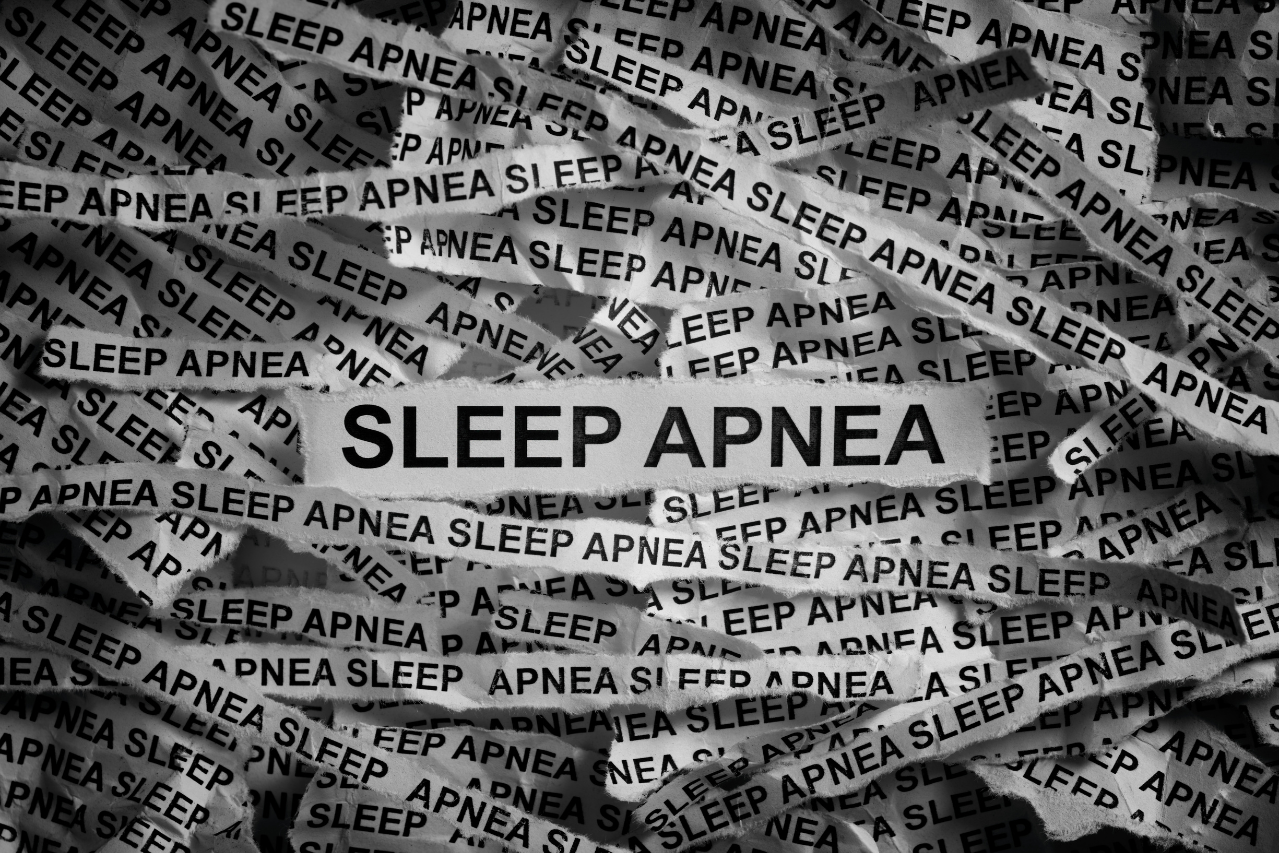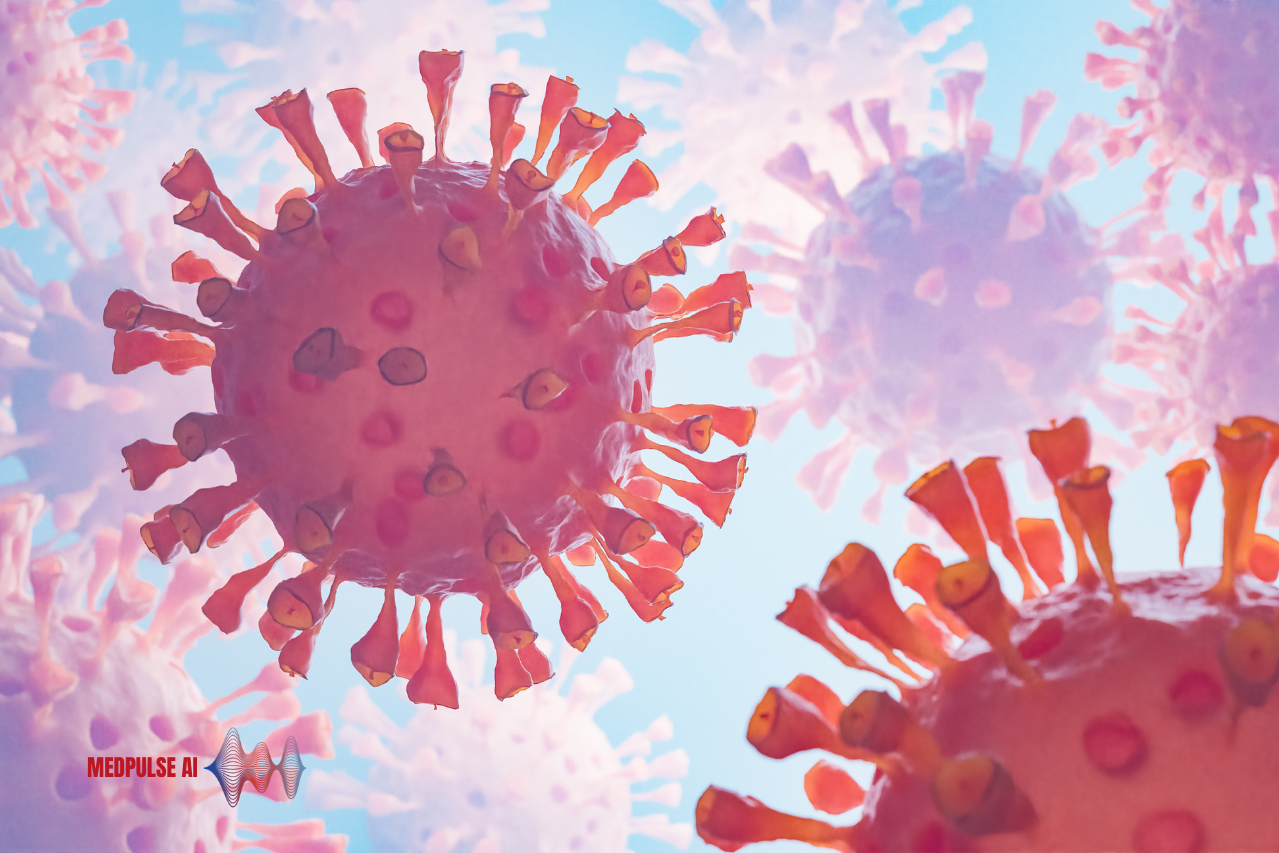Sleep apnea is a common but serious sleep disorder that affects millions of people worldwide. Characterized by repeated interruptions in breathing during sleep, sleep apnea can lead to severe health issues such as hypertension, heart disease, stroke, and diabetes if left untreated. Early diagnosis and prevention are critical in managing this condition effectively. However, traditional diagnostic methods, such as polysomnography (overnight sleep studies), are often expensive, time-consuming, and uncomfortable for patients.
Artificial intelligence (AI) is transforming the landscape of sleep apnea diagnosis and prevention. By leveraging data from wearable devices, smartphone apps, and other monitoring technologies, AI-powered systems are providing more accessible, efficient, and accurate ways to diagnose sleep apnea. Additionally, AI is helping predict the risk of sleep apnea and providing personalized interventions to prevent the condition from worsening.
Traditional Challenges in Sleep Apnea Diagnosis
Sleep apnea is typically diagnosed through polysomnography (PSG), an overnight test conducted in a sleep laboratory. PSG involves monitoring various physiological parameters such as brain waves, oxygen levels, heart rate, and breathing patterns. Although polysomnography is the gold standard for diagnosing sleep apnea, it has several limitations:
- Accessibility: Not all patients have access to sleep labs, particularly in rural or underserved areas.
- Cost: PSG is an expensive procedure, often costing several thousand dollars.
- Inconvenience: Many patients find it uncomfortable to sleep in a laboratory setting while hooked up to monitoring equipment, which may interfere with the results.
- Delay in Diagnosis: Due to the logistical challenges of scheduling PSG tests, patients may face delays in receiving a diagnosis, which can lead to a worsening of their condition.
AI-driven technologies are addressing these challenges by offering alternative, non-invasive, and more accessible methods for diagnosing sleep apnea, improving patient outcomes.
AI-Powered Devices for Sleep Apnea Diagnosis
AI technology has significantly advanced the capabilities of wearable devices and home-based sleep monitors, providing patients with more convenient options for sleep apnea diagnosis. These devices use sensors to collect data on breathing patterns, oxygen saturation, heart rate, and body movements during sleep. AI algorithms analyze this data to detect patterns that may indicate sleep apnea, providing a diagnosis without the need for an overnight stay in a sleep lab.
Wearable Devices for Sleep Apnea Diagnosis: Wearable devices, such as smartwatches and fitness trackers, are becoming increasingly popular for monitoring sleep patterns and detecting irregularities in breathing. AI algorithms embedded in these devices can analyze real-time data and alert users to potential sleep apnea symptoms, such as pauses in breathing, snoring, or sudden drops in blood oxygen levels.
For example, Apple Watch uses built-in sensors to track heart rate and oxygen saturation levels during sleep. AI algorithms analyze this data to detect patterns that suggest sleep apnea. A study published in The Lancet Digital Healthfound that wearable devices, when combined with AI analysis, were effective in detecting moderate to severe cases of sleep apnea, offering a non-invasive and accessible alternative to traditional diagnostic methods .
Home-Based AI Sleep Monitors: AI-powered home sleep monitors provide a more comfortable way for patients to monitor their sleep in their own beds. These monitors, such as Withings Sleep and SleepScore Max, use sensors placed under the mattress to track sleep patterns, breathing, and movements. The data collected is analyzed by AI algorithms that detect irregularities in breathing and flag potential cases of sleep apnea.
A study published in Sleep Medicine showed that AI-driven home sleep monitors were nearly as accurate as traditional polysomnography in detecting sleep apnea, particularly in identifying the severity of the condition. These devices offer a more convenient and cost-effective solution for diagnosing sleep apnea, especially for patients who cannot access a sleep lab or prefer to avoid an in-lab study .
AI and Smartphone Apps for Sleep Apnea Detection
Smartphone apps have emerged as another AI-powered tool for diagnosing sleep apnea. These apps use the phone’s built-in sensors or external devices, such as microphones or cameras, to monitor breathing and detect sleep disturbances. AI algorithms process the data collected from these sensors to identify signs of sleep apnea, providing a preliminary diagnosis that can be followed up with a healthcare professional.
AI-Powered Sleep Apnea Apps: Apps like SnoreLab and SleepCycle use AI to analyze snoring patterns and breathing interruptions detected through a smartphone’s microphone. These apps offer real-time feedback and suggest whether the user should seek further medical evaluation for possible sleep apnea. In many cases, the apps can differentiate between benign snoring and apnea-related snoring based on the frequency and intensity of the sound.
A study published in Journal of Clinical Sleep Medicine found that AI-powered sleep apnea apps were highly effective at detecting apneas and hypopneas (shallow breathing) during sleep, particularly in patients with moderate to severe sleep apnea. While these apps are not a replacement for formal diagnostic tests, they provide an accessible first step in identifying potential sleep disorders and encouraging users to seek medical advice.
AI in Sleep Apnea Risk Prediction
In addition to diagnosing sleep apnea, AI is also being used to predict the risk of developing the condition. Risk factors for sleep apnea include obesity, smoking, family history, and certain anatomical features (such as a narrow airway). AI algorithms can analyze these risk factors, along with other medical data, to identify individuals at high risk for sleep apnea and recommend preventive interventions.
AI in Predicting Sleep Apnea Risk: Machine learning models are being trained on large datasets of patient records, including demographic information, medical history, lifestyle factors, and genetic data, to predict which individuals are most likely to develop sleep apnea. For example, researchers at the Mayo Clinic developed an AI model that analyzes electronic health records (EHRs) to predict a patient’s risk of sleep apnea based on factors such as BMI, neck circumference, and comorbidities like hypertension or diabetes. The model can provide clinicians with personalized risk assessments and recommend screening or preventive interventions for high-risk individuals.
A study published in Chest found that AI-driven risk prediction models were more accurate than traditional risk assessment tools in identifying patients at risk for sleep apnea, particularly in overweight and obese individuals. By identifying high-risk patients before they develop severe symptoms, AI can help clinicians intervene earlier with lifestyle changes, weight management programs, or the use of continuous positive airway pressure (CPAP) devices .
Personalized Sleep Apnea Prevention: AI is also being used to personalize preventive strategies for individuals at risk of sleep apnea. AI-driven platforms can analyze data from wearable devices, lifestyle tracking apps, and EHRs to provide personalized recommendations for reducing the risk of developing sleep apnea. These recommendations may include weight loss programs, changes in sleeping position, or the use of oral appliances to keep the airway open during sleep.
For example, Noom, an AI-powered weight loss app, provides personalized coaching based on a user’s weight, activity levels, and eating habits. Since obesity is a significant risk factor for sleep apnea, reducing weight can prevent the onset of the condition. A study published in Obesity Research & Clinical Practice found that AI-driven weight loss programs significantly reduced the risk of developing sleep apnea in overweight individuals, demonstrating the potential of AI in preventive care .
AI in Continuous Positive Airway Pressure (CPAP) Therapy
CPAP therapy is the most common treatment for sleep apnea, but many patients struggle with compliance due to discomfort or difficulty adjusting to the machine. AI is being used to improve the effectiveness of CPAP therapy by making the devices more user-friendly and personalized to each patient’s needs.
AI in CPAP Therapy Management: AI-powered CPAP machines, such as those developed by ResMed, use machine learning algorithms to analyze a patient’s breathing patterns in real time and adjust the pressure settings accordingly. This ensures that the patient receives the optimal level of airway pressure throughout the night, improving comfort and compliance. AI algorithms can also predict when a patient is about to experience an apnea episode and increase the pressure preemptively to prevent the airway from collapsing.
A study published in American Journal of Respiratory and Critical Care Medicine found that patients using AI-driven CPAP machines had higher compliance rates and fewer apnea episodes compared to those using traditional CPAP devices. By providing personalized pressure adjustments and improving comfort, AI-powered CPAP machines help patients adhere to their treatment plan, reducing the long-term health risks associated with untreated sleep apnea .
AI in Remote Monitoring for CPAP Users: AI is also being used to remotely monitor patients using CPAP therapy. AI-driven platforms can analyze data from CPAP machines, such as usage patterns, mask fit, and airway pressure levels, to identify issues that may affect compliance. These platforms can alert healthcare providers to intervene early if a patient is not using their CPAP machine correctly or if adjustments to the therapy are needed.
For example, ResMed’s AirView platform uses AI to track CPAP usage and provide personalized feedback to both patients and healthcare providers. A study published in Sleep found that remote monitoring with AI-powered feedback improved CPAP adherence rates by 25%, as patients were more likely to stay on track with their therapy when they received regular feedback and support .
Future Directions and Challenges in AI for Sleep Apnea
As AI technology advances, the potential to collect and analyze sensitive health data increases. Ensuring that patients’ privacy is protected, and their data is securely stored, is essential to maintaining trust in AI-driven healthcare solutions. Adhering to regulations such as the Health Insurance Portability and Accountability Act (HIPAA) in the U.S. and the General Data Protection Regulation (GDPR) in Europe is critical for developers and healthcare providers using AI-powered platforms for sleep apnea care.
Another challenge is ensuring that AI systems are trained on diverse and representative datasets. Sleep apnea affects individuals across different age groups, ethnic backgrounds, and genders, and AI models must be trained on a wide variety of data to ensure accurate predictions and recommendations for all patients. A study published in The Lancet Respiratory Medicine pointed out that biases in AI algorithms—often stemming from non-diverse training datasets—can lead to disparities in care, especially among underrepresented populations. Addressing this bias in AI models is crucial for achieving equitable outcomes.
Additionally, integrating AI-driven tools into clinical workflows requires proper training for healthcare providers. Physicians, respiratory therapists, and sleep specialists must understand how to interpret AI-generated insights and incorporate them into patient care. Educating patients on the benefits and limitations of AI-based devices, such as wearable monitors or CPAP machines, is also important to ensure patient buy-in and long-term adherence to recommended treatments.
Artificial intelligence is transforming the landscape of sleep apnea diagnosis and prevention by offering more accessible, efficient, and personalized care solutions. From AI-powered wearable devices and smartphone apps to home sleep monitors and personalized CPAP machines, AI is enabling early detection, improved risk prediction, and more effective treatment of sleep apnea. These innovations reduce the need for costly, inconvenient sleep studies, providing patients with more comfortable and accessible alternatives.
AI’s ability to predict who is at risk for sleep apnea and offer tailored prevention strategies opens up new possibilities for preventive care, ensuring that high-risk individuals receive the necessary interventions before developing severe symptoms. Additionally, AI-powered CPAP machines and remote monitoring platforms are helping improve patient compliance and overall treatment outcomes, reducing the long-term health risks associated with untreated sleep apnea.
As AI technology continues to evolve, its role in sleep apnea care will only grow, offering more personalized, accurate, and patient-centered approaches. However, ensuring privacy, data security, and equitable outcomes remains essential as AI becomes more integrated into sleep medicine. By overcoming these challenges and embracing the opportunities AI provides, healthcare providers can revolutionize the way sleep apnea is diagnosed, treated, and prevented, ultimately improving the quality of life for millions of people.
Sources:
- “Wearable Devices for Sleep Apnea Detection,” The Lancet Digital Health, 2020.
- “AI in Home-Based Sleep Apnea Monitors,” Sleep Medicine, 2021.
- “AI-Powered Sleep Apnea Apps and Diagnostic Accuracy,” Journal of Clinical Sleep Medicine, 2021.
- “AI in Predicting Sleep Apnea Risk,” Chest, 2020.
- “Personalized Weight Loss and Sleep Apnea Prevention,” Obesity Research & Clinical Practice, 2019.
- “AI-Driven CPAP Therapy: Improved Adherence and Outcomes,” American Journal of Respiratory and Critical Care Medicine, 2021.
- “Remote Monitoring and CPAP Compliance,” Sleep, 2020.
- “Bias in AI Algorithms for Sleep Apnea Care,” The Lancet Respiratory Medicine, 2021.




